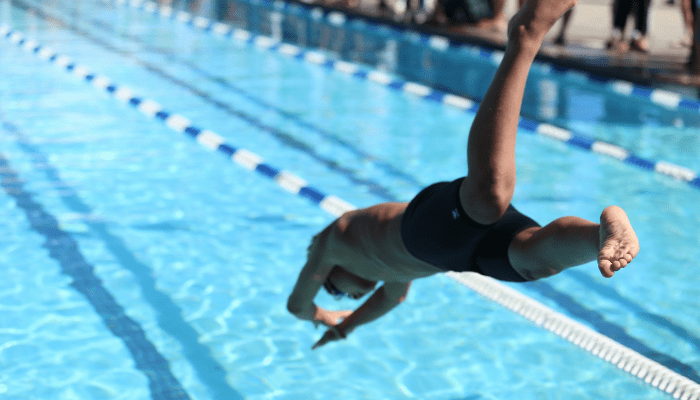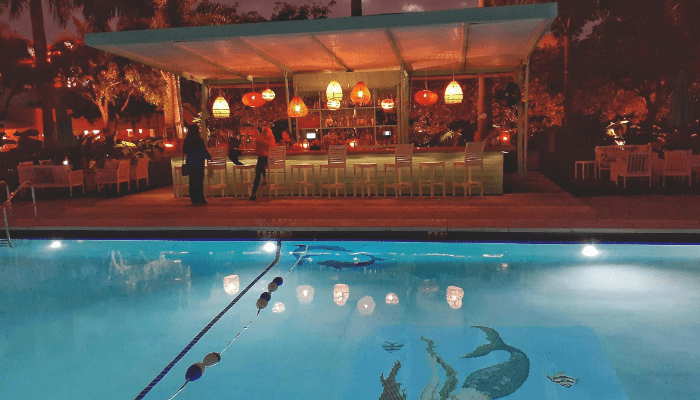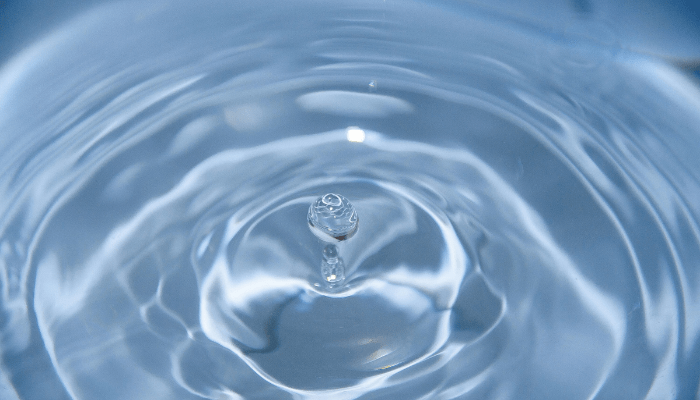Key Takeaways
Lap pools are built for function and fitness, offering a long, narrow design that maximizes swimming space while using less yard area.
They cost less to maintain than traditional pools thanks to lower water volume, simpler filtration, and reduced heating needs.
Multiple types exist: inground, above‑ground, infinity, and endless pools, allowing you to match your budget, space, and aesthetic preferences.
Thoughtful design choices like slip‑resistant decking, smart heating, and efficient circulation make a lap pool both practical and stylish.
Installation timelines vary: prefabricated fiberglass or endless pools can be ready in weeks, while custom concrete builds take longer.
Compared to traditional pools, lap pools favor fitness and efficiency over lounging and recreation, making them ideal for serious swimmers or compact backyards.
Enhancements like resistance jets, LED lighting, and smart automation can elevate the experience and keep upkeep minimal.
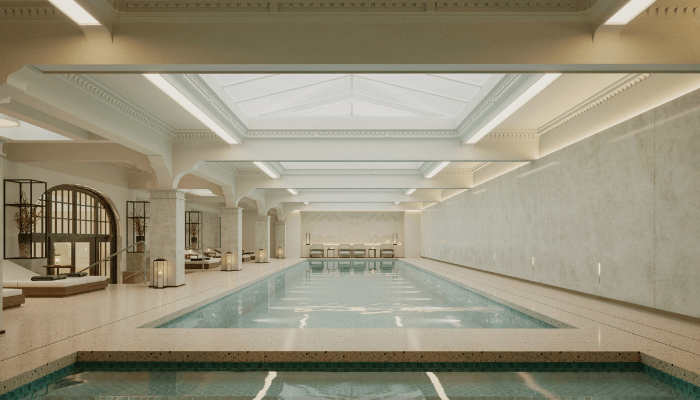
Most pools are built for lounging. Floating around. Maybe dunking your head under on a hot day. But lap pools? They’re built for movement.
Lap pools have been rising in popularity for a reason. They take up less space, cost less to maintain, and actually get used, because they serve a real purpose. Health, fitness, efficiency. That’s the lap pool advantage.
Michael Phelps swam 80,000 meters a week while training for the Olympics. You don’t need to go that far. But imagine having a dedicated space to swim laps year-round, right in your backyard. No gym memberships. No crowded lanes. Just you, the water, and uninterrupted movement.
But here’s the thing: not all lap pools are the same. The length, depth, material, and even the location (indoor or outdoor) all play a huge role in getting it right. Want an endless pool with resistance jets? Or maybe a sleek in-ground lap pool that blends seamlessly with your landscaping?
This guide covers everything: design, costs, installation, maintenance, and how to make the most of your lap pool investment. Whether you’re a serious swimmer or just looking for a compact, functional pool option, this is the deep dive you need.
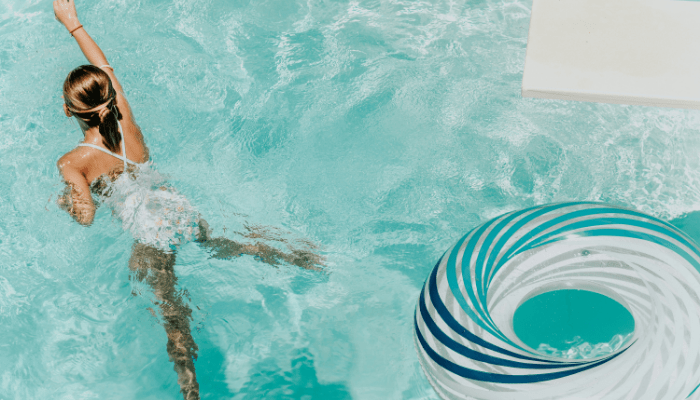
What is a Lap Pool?
A lap pool is exactly what it sounds like, a pool designed for swimming laps. No shallow end for wading. No awkward kidney shapes. Just a long, narrow stretch of water built for uninterrupted movement.
Typical lap pools are 40 to 75 feet long and about 8 to 10 feet wide. Depth? Usually around 4 to 6 feet, deep enough to keep your strokes smooth without scraping the bottom.
Who needs one? Anyone who takes swimming seriously. Whether you’re training for a triathlon, need a low-impact workout, or just want a pool that actually gets used, a lap pool is a purpose-driven investment.

Benefits of a Lap Pool
Lap pools aren’t just for competitive swimmers. They’re for people who value function, efficiency, and design.
Health & Fitness – Swimming is a full-body workout with zero impact on joints. If running wrecks your knees but you still want serious cardio, a lap pool is the answer.
Space Efficiency – Got a long, narrow backyard? A lap pool fits where traditional pools can’t. No wasted space, just a streamlined design that makes sense.
Lower Maintenance – Fewer gallons of water = less to clean, heat, and chemically balance. Translation: less work, lower costs.
Year-Round Swimming – Want to swim in the winter? An indoor lap pool or heated version keeps you moving no matter the season.
Aesthetic Appeal – Lap pools look modern, sleek, and elegant. They complement contemporary home designs and turn small yards into high-end retreats.
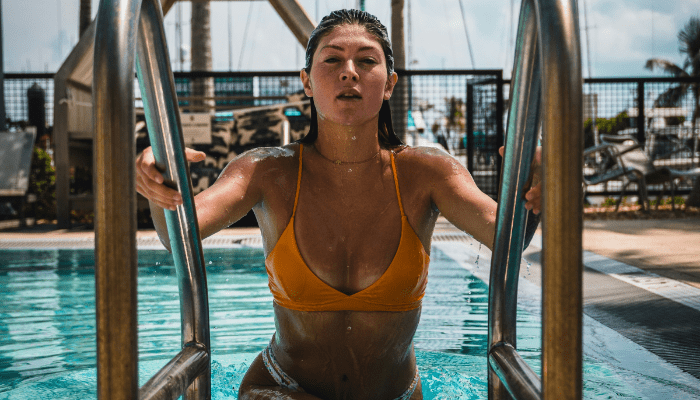
Types of Lap Pools
Not all lap pools are built the same. Some are high-tech, some are budget-friendly, and some are pure luxury.
In-Ground Lap Pools
The classic choice. Built into the ground with concrete, fiberglass, or vinyl. Durable, permanent, and customizable. The best long-term investment if you have the budget and space.
Above-Ground Lap Pools
More affordable, faster to install, and great for renters or those who don’t want major construction. Some look like oversized hot tubs, others are sleek modular units. Less commitment, but still fully functional.
Infinity Lap Pools
Want the high-end experience? Infinity edge lap pools blend into the horizon, creating that seamless water-overflow look. A mix of fitness and luxury.
Endless Pools (Swim-in-Place Systems)
No room for a full-length lap pool? Endless pools generate a continuous current, so you can swim in place, no matter how small your space is. Think treadmill, but for swimming.
Indoor vs. Outdoor Lap Pools
Indoor: Use it year-round, no need to worry about weather, and minimal maintenance.
Outdoor: More natural light, more ventilation, and often cheaper to install than an indoor build.
Pick the type that fits your space, budget, and lifestyle.
Lap Pool Design Considerations
Size & Shape
Standard lap pools: 40-75 feet long, 8-10 feet wide, 4-6 feet deep.
Smaller options: 20-30 feet long, ideal for compact backyards.
Want versatility? A hybrid pool can function as a lap pool while still having space for lounging.
Materials
Concrete: Customizable, durable, expensive. The gold standard.
Fiberglass: Quick installation, smooth surface, lower maintenance.
Vinyl Liner: Cheapest option but requires liner replacement every 5-10 years.
Filtration & Circulation
With less water volume than traditional pools, circulation is key. Skimp on filtration, and you’ll have murky water in no time.
Heating & Insulation
Unless you live in a warm climate year-round, a heated lap pool is worth considering. A simple solar cover can retain heat and cut down on energy costs.
Decking & Surroundings
Slip-resistant decking is a must. Wet feet and slick surfaces don’t mix.
Minimalist designs complement the modern look of a lap pool—think clean lines, simple stonework, or glass fencing.
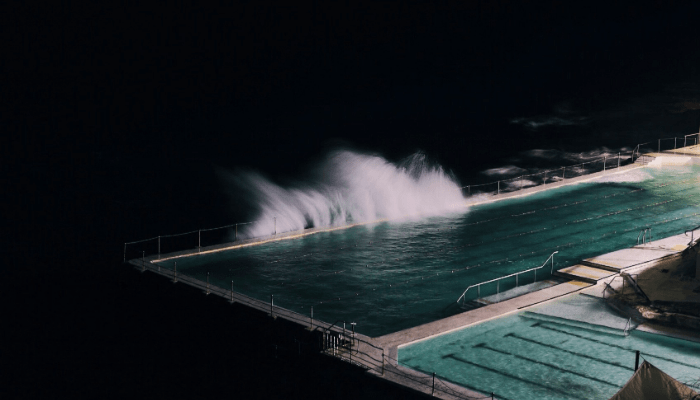
How Much Does a Lap Pool Cost?
Let’s talk numbers.
Installation Costs
In-Ground Lap Pool: $40,000 – $100,000+ (depends on size, materials, and custom features).
Above-Ground Lap Pool: $5,000 – $20,000 (more affordable but less permanent).
Endless Pool (Swim-in-Place): $20,000 – $50,000 (compact but high-tech).
Infinity Lap Pool: $80,000+ (for those who want a pool and a showpiece).
Maintenance Costs
Monthly chemical and cleaning costs: $50 – $150.
Energy costs: $50 – $200/month (depends on heating and filtration).
If heated, expect to spend more on electricity or gas—solar covers help reduce this.
Ways to Save
Go smaller, a 30-foot lap pool costs significantly less than a 75-footer.
Use solar heating instead of electric or gas.
Choose a pre-fabricated fiberglass model over custom concrete.
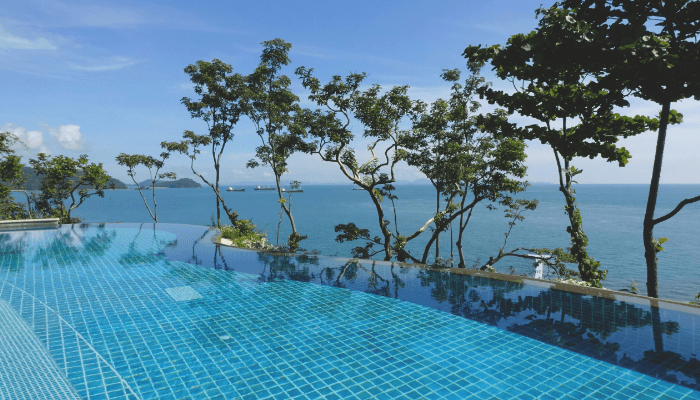
Lap Pool vs. Traditional Pool: Which One is Right for You?
Choosing between a lap pool and a traditional pool depends on your priorities: fitness, space, budget, and maintenance. If your main goal is exercise and efficiency, a lap pool is the smarter option. It’s designed for swimming laps, takes up less space, and requires less maintenance compared to a standard recreational pool.
Traditional pools, on the other hand, are built for socializing, relaxation, and multi-purpose use. They come in various shapes and depths, often with shallow lounging areas, diving sections, or freeform designs that suit families and gatherings. However, they require more space, more maintenance, and higher installation costs.
Lap pools are typically long and narrow, around 40 to 75 feet in length and 8 to 10 feet wide, while traditional pools vary widely in shape and size. A lap pool fits easily into a small backyard or narrow space, whereas a traditional pool needs more real estate to accommodate different activities.
When it comes to maintenance, lap pools win. They have less water volume, meaning lower chemical usage and heating costs. Traditional pools require more upkeep, especially if they have features like waterfalls, spas, or irregular shapesthat make cleaning more complex.
In terms of cost, lap pools are often more affordable to install and maintain, particularly if you opt for a smaller or prefabricated design. Traditional pools have higher installation costs, especially for custom-built options with added features.
If you’re looking for a pool that supports a dedicated fitness routine, fits into a compact space, and is easier to maintain, a lap pool is the better choice. If you want a versatile pool for recreation, relaxation, and family use, a traditional pool might be worth the extra investment.

Installation Process & Timeline
Planning & Permits: Check local building codes before breaking ground.
Excavation & Construction: For in-ground pools, expect 4-8 weeks of work.
Prefabricated vs. Custom: Pre-fab fiberglass pools install in a few weeks, while custom concrete pools take longer.
Endless Pools: Can be up and running in just a few days.
Plan for some unexpected delays (because construction always finds a way to surprise you).
Lap Pool Maintenance & Upkeep
Water Chemistry: Test and balance weekly to keep things clean.
Cleaning Routine: A robotic pool cleaner is a game-changer, let it do the work.
Algae Prevention: Keep water circulating, use UV or ozone sanitization for low-chemical maintenance.
Winterization: If you’re in a cold climate, close the pool properly to avoid damage.
A lap pool doesn’t require constant upkeep, but neglect it, and it’ll turn green fast.
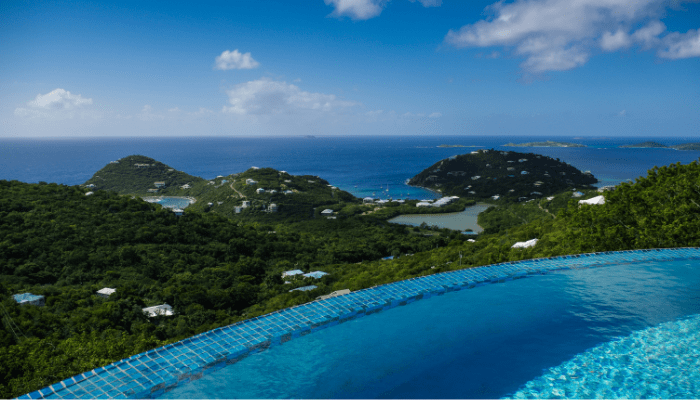
Enhancing Your Lap Pool Experience
Resistance Jets: Want a lap pool in a small space? These let you swim in place.
LED Lighting: Great for night swims and adds a sleek design touch.
Smart Pool Systems: Automate cleaning, filtration, and heating with an app.
Retractable Pool Covers: Reduce heat loss and keep debris out.
Turn your lap pool into a high-performance, low-maintenance swimming experience.
Conclusion
Lap pools aren’t just a trend. They’re a smarter way to own a pool. Less space, lower costs, more functionality. That’s why they’re popping up in homes, hotels, and fitness centers everywhere.
If you’re serious about swimming, whether for fitness, therapy, or just a great daily workout, a lap pool makes sense. But the key is choosing the right type. Do you need an endless pool for a compact space? An in-ground design for aesthetics? A heated indoor lap pool for year-round use? These decisions will determine whether your lap pool is a daily essential or just another underused backyard feature.
Now’s the time to start planning. Measure your space. Set your budget. Think about how you’ll use it, because the perfect lap pool is the one that fits your lifestyle.
And if you’re still on the fence? Just picture yourself gliding through the water, uninterrupted, in your own private lane. No crowds. No noise. Just you and the rhythm of the swim.
Train smarter, not harder.
Oásis Biosistema designs custom lap pools built for movement, efficiency, and style tailored to your space and routine.
Get your personalized quote and start your healthy journey today.
FAQ
What is a lap pool?
A lap pool is a long, narrow swimming pool designed specifically for swimming laps, often used for exercise or training. They’re usually rectangular and at least 40 feet (12 meters) long.
What is the disadvantage of a lap pool?
The main disadvantage is space—lap pools require a long, straight area, which may not fit in smaller yards. They can also be costly to build and maintain compared to smaller or more recreational pools.
Why are lap pools so deep?
Not all lap pools are deep, but when they are, it’s usually to reduce water resistance and splashing, especially for serious swimmers. Deeper water also minimizes the risk of hitting the bottom during flip turns or dives.
What are pool laps called?
In swimming, one lap typically refers to swimming down and back the length of the pool. However, terminology can vary—some people call a single length a “lap,” especially in recreational settings.

